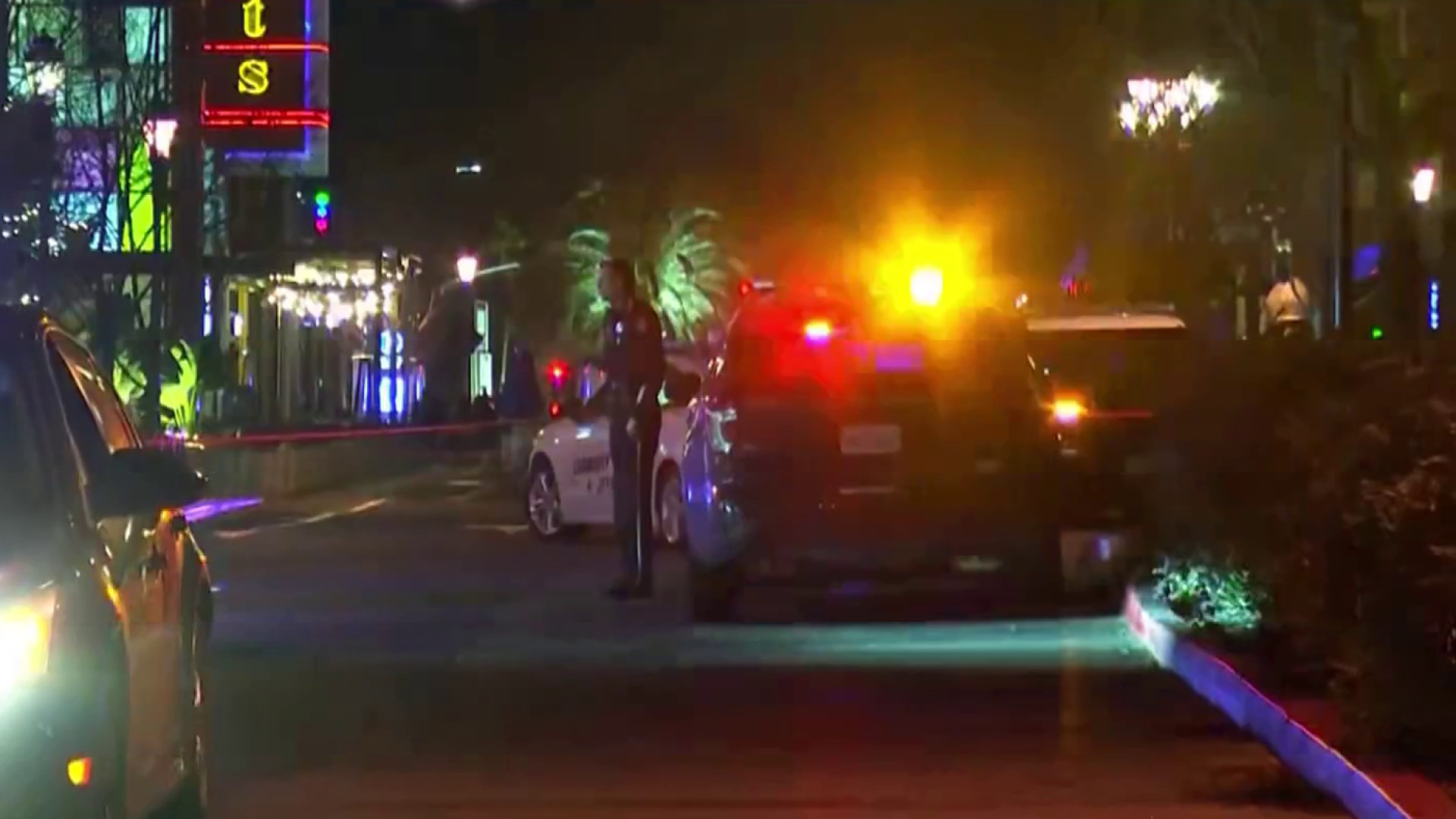Oct. 19 is a day seared in Bay Area history. Thirty years ago Tuesday, the Oakland-Berkeley firestorm ignited near the Caldecott Tunnel and ultimately killed 25 people – including two first responders.
The burn scars are long gone and in the place where more than 3,000 homes were once destroyed, stand new homes with spectacular views of the Bay.
The Oakland Fire Department said there’s lessons to be learned from the 1991 fire and building more housing in those fire-prone hills is a recipe for disaster.
“It was like a parking lot, you couldn’t move,” said Gordon Piper, who lost his home in the 1991 fire. “The cars were all the way to the top of the hill.”
Piper made it out alive – but 25 others did not.
“People literally had to run for it,” he said.
One of the thousands of homes destroyed was that of Mayor Libby Schaaf’s father.
Local
“My sister and I helped him go through everything to try and find anything,” said the mayor.

Get a weekly recap of the latest San Francisco Bay Area housing news. Sign up for NBC Bay Area’s Housing Deconstructed newsletter.
Assistant Chief Robert Lipp was a rookie firefighter on his day-off 30 years ago, who happened to live right on the edge of the fire.
“You just have to maintain your vigilance, readiness at all times, not just as a firefighter but as a community member,” said Lipp.
In the last three decades, technology has vastly improved, allowing for better communication among fire agencies -- one of the issues on that day. Also, More than 90% of homeowners are now complying with the city’s vegetation management requirements. But the fire department said there’s one problem on the horizon – and they’re not referring to climate change.
“We continue to push for a narrowing, a limiting of that volume of ADU development in the Oakland hills,” said Michael Hunt of the fire department.
Over the summer, the city’s fire chief sent this letter to the city’s planning and building department urging the city to prohibit the building of accessory dwelling units -- often called in-laws in the fire-prone hills.
“Adding to the fuel load, adding to the number of people living in these areas in addition, adding to the likely number of vehicles that will follow and congestion,” said Hunt.
Mayor Schaaf says when granting permits for in-law units in the Oakland hills, the city should take into account that neighborhood’s evacuation routes.
“But that doesn’t mean that we shouldn’t stop figuring out new ways to accommodate both fire safety as well as our need to build density,” said Schaaf. “I believe we can do both over time.”



